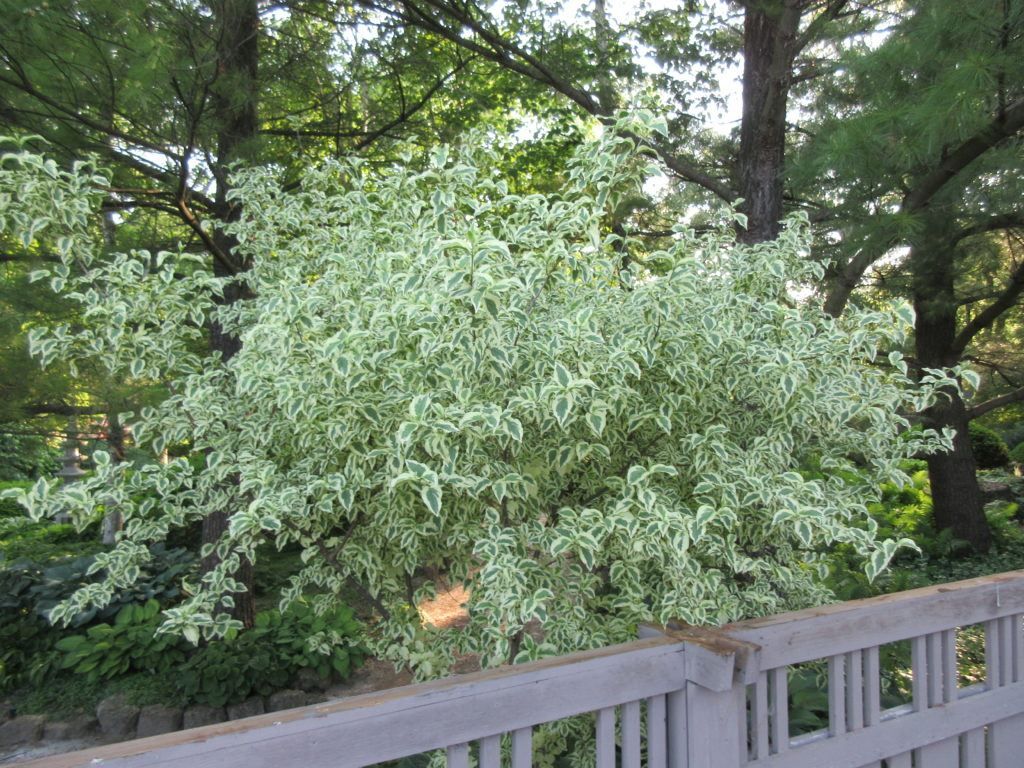

'Alba', 'Aureo-Elegantissima'', 'Elegantissima', 'Flava', 'Fructu Violaceo', 'Golden Glory', 'JFS PN4Legacy' Saffron Sentinel, 'Macrocarpa', 'Nana', 'Spring Glow', 'Variegata', 'Xanthocarpa' Leaves have yellow, green, and pink margins, yellow flowers, red fruits Leaves bordered in yellow, green, and pink Profile Video: See this plant in the following landscape: Cultivars / Varieties: VIDEO created by Andy Pulte for “Landscape Plant Identification, Taxonomy and Morphology” a plant identification course offered by the Department of Plant Sciences, University of Tennessee. Calico scale, dogwood sawfly, Japanese maple scale, leafhoppers, oyster shell scale, leaf and flower blight (botrytis), crown canker, bacterial leaf scorch, powdery mildew, and septoria leaf spot can occur. Insects, Diseases, and Other Problems: The plant has very few serious diseases or pests problems.

It may be propagated by semi-hardwood or hardwood cuttings and grafting. The plant produces suckers that need to be promptly removed to control its spread.
#Cornus mas aurea variegata full#
The cornelian cherry dogwood prefers full to partial shade, and moist, well-drained rich soils. The common name refers to the bright red fruits that resemble the gemstone, Carnelian. The species name, mas, is Latin for the word "male." This refers to the possible absence of fruits on new plants for several years. The genus name, Cornus, is Latin from the word cornu, which means "horn." This references the hardness of the wood. The shrub or small tree is native to central and southern Europe as well as western Asia. The plant has excellent resistance to dogwood anthracnose and the dogwood borer. On mature trees, the bark is scaly and exfoliating. Red fruits develop and mature in the mid-summer. Its yellow flowers appear in early spring before the leaves emerge. The cornelian cherry dogwood is a deciduous shrub or small tree that can grow up to 25 feet tall and 20 feet wide. Phonetic Spelling KOR-nus mass Description


 0 kommentar(er)
0 kommentar(er)
